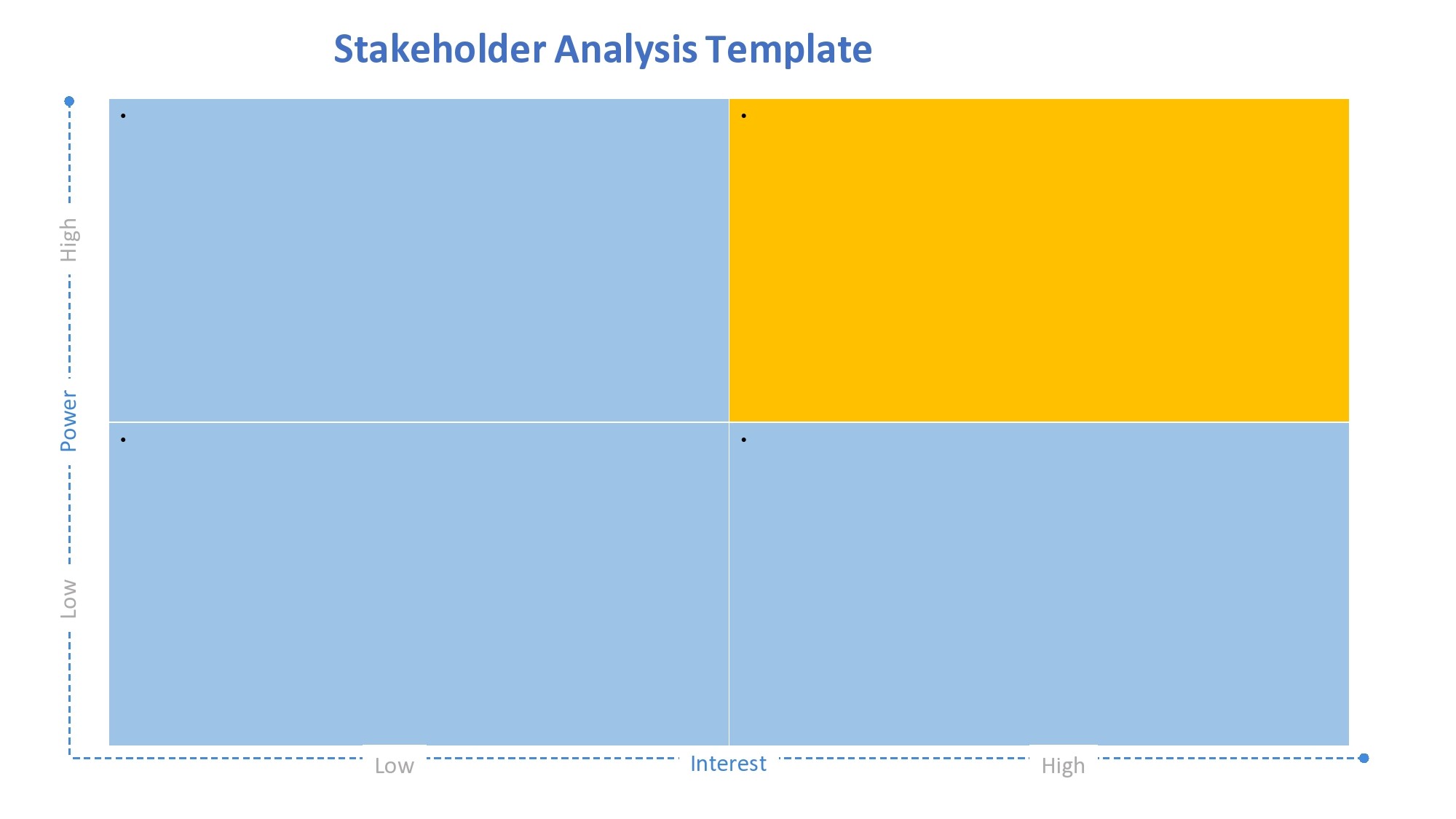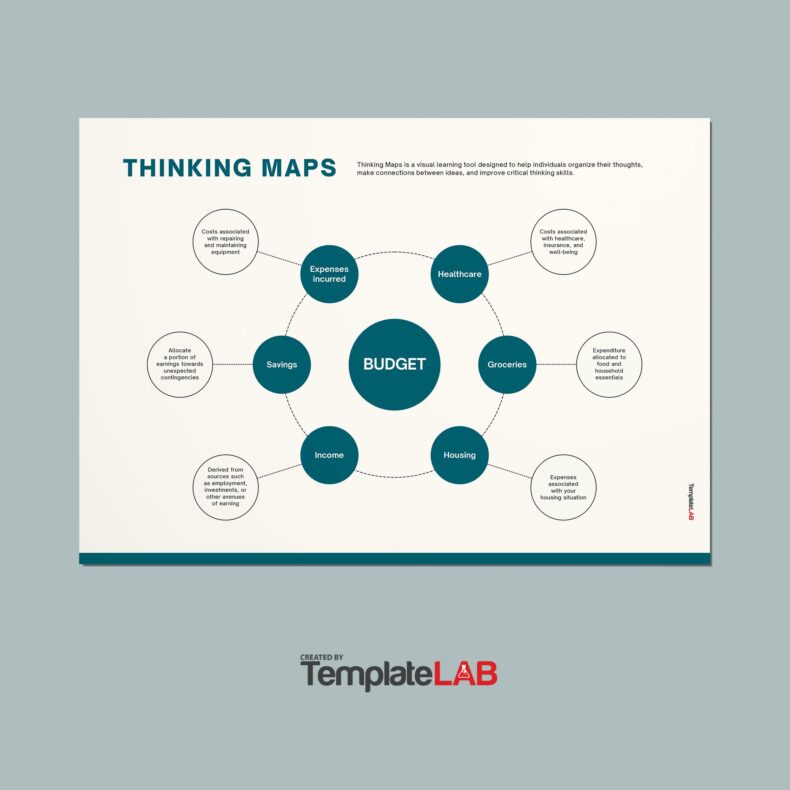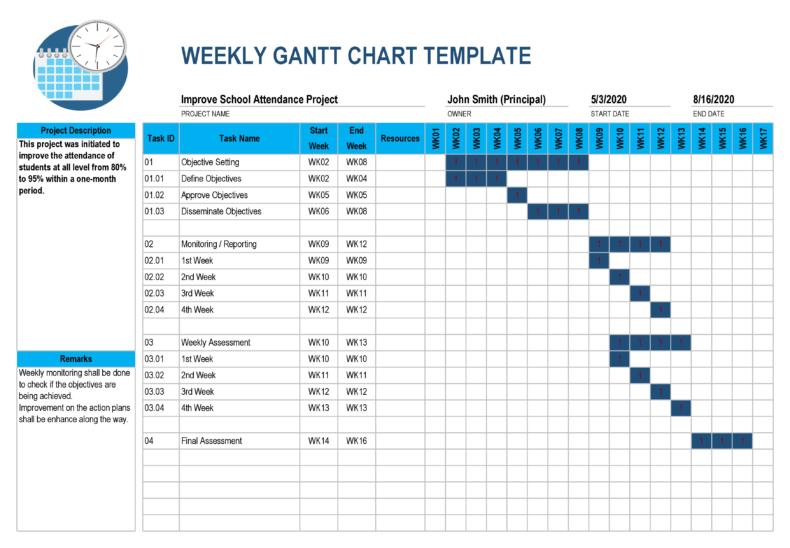Some of the essential factors for establishing the success of a project are stakeholder management and stakeholder engagement. One of the most important tools to help you with this is a stakeholder map.
Table of Contents
Stakeholder Maps
What are stakeholders?
To create your stakeholder map, you should know what a stakeholder is. A stakeholder is anyone with a stake in your project but this definition can be a bit broad. A more accurate definition may be anyone who can either make or break your project. Stakeholders are usually classified into the following groups:
- Sponsors
These are the people who start a project by gathering the resources and placing people in charge of getting a project done. They are the owners of the project’s requirements and if any of these requirements change, they should direct the project as needed. - Project Team
These are the people who will have the responsibility for executing a project and making it sure of its completion. They are the ones responsible for thinking of the solutions to a project’s requirements. - Reference Group
These are the people that the project teams will refer to so that they can arrive at the best solution. They will also make sure that this solution works. - Users
These are the people who will benefit from the project solution.
Stakeholder Diagrams
Types of stakeholders
It is important to understand the different types of stakeholders to make your stakeholder map. Whether you’re planning a huge product launch or initiating a program that has an effect on your team, knowing this is important.
Each project or product has both external and internal stakeholders. Distinguishing one from the other will help you come up with the right priorities then create the best stakeholder diagram. You will also get the chance to find the best approach that will work for your project.
- Internal Stakeholders
These are the people in your team who will participate in developing your product or delivering your project. Although their engagement level may vary, they will all have some level of influence because they’re part of your company. Some examples of internal stakeholders are:
CEO or C-Level Executive
Designer
Developer
Product Owner
Project Manager - External Stakeholders
These are the people who will get affected by your project or product. They don’t participate directly in it. Some examples of external stakeholders are:
Creditors
Customers
Shareholders
Society
Suppliers
What is stakeholder mapping?
Creating a stakeholder map is a process that involves determining the key stakeholders in your project. It involves the identifying of everyone who has an interest in the outcome of your project. A stakeholder can either be one person or several people as in the case of larger projects.
As soon as you have identified all of the project stakeholders, you should create a stakeholder map template to group them according to their varying engagement levels. You will base your stakeholder chart on the levels of interest and levels of influence of your stakeholders.
Level of interest means that the stakeholders get affected by the outcome of your project but they don’t have the power to influence the project requirements. Level of influence is the power of a stakeholder to set and modify the project requirements.
One of the main areas that you must focus on is to satisfy the expectations of your stakeholders who have high levels of influence in your project. For the other stakeholders, who have high levels of interest in your project, all that you have to do is to keep them updated in terms of the status of your project.
Stakeholder mapping is a visual exercise. You can either map your stakeholders manually or you can use software to do this same action. The next step after fully mapping your stakeholders is to come up with an action plan for how to engage with them.
The map is a visual representation of the relationship your stakeholders have with your company or project along with the potential evolution of the relationship in the future. It shows the effect stakeholders have on your company and the effect your company might have on the stakeholders.
Also called a stakeholder mapping matrix, this map is commonly presented as a graph with two axes. The x-axis represents the levels of influence of the stakeholders and the y-axis represents the levels of interest of the stakeholders.
The quadrant of this map that the stakeholders occupy determines the frequency, types, and intensity of engagements your project needs.
The importance of stakeholder mapping
A very important step in creating an effective stakeholder map is the identification and evaluation of your project stakeholders. There is a very good rationale behind this. Failing to identify the people or entities weighing in the balance could lead to your team allocating valuable resources and time in the wrong places.
This might also result in serious damage to your corporate image or work stoppages. Creating your own stakeholder map example has many purposes aside from illustrating the relationship between your stakeholders and your company or project.
With a stakeholder matrix, for instance, it becomes easier for you to identify the key stakeholders then classify them according to priority. Having all of these insights on hand enables you to make a more detailed engagement plan for your stakeholder along with the best tactics.
It also allows you to visualize how their levels of interest and influence change over time, more especially so if your stakeholders are periodically remapped. Based on these insights, it is important to map your stakeholders as early as possible.
Also, it is just as crucial to regularly re-analyze your map of stakeholders over time. There is a high probability that your stakeholders would change throughout the life span of your project. This goes the same for their needs, impacts, and opinions on your project.
Perhaps the best way to determine who influences your project and how you should deal with them is by constantly mapping and re-analyzing stakeholders. The frequency of this exercise depends naturally on the resources you have available but despite the cost, you should not neglect this.
There is a pleasant irony when it comes to stakeholder mapping. The teams that integrate the process early into their projects discover that their efforts to handle stakeholders tend to be more efficient and productive.
By knowing the levels of influence and interest of your stakeholders, you will be in a better position to allocate resources where these will have the most significant impact.
Stakeholder Charts
How do you create a stakeholder map?
There are several ways to make a stakeholder map and this depends on how complex your product or project is. For instance, you can just have a few stakeholders for a minor project or plenty of them if your project will bring huge changes in your company.
When you’re dealing with plenty of external and internal stakeholders, it’s recommended that you prioritize them. This is a part of making the map of your stakeholders. Here are the steps to build a highly effective map:
- Brainstorming
The first step is to identify all of your potential stakeholders. This refers to the people, organizations, and groups that will get affected by your project or product, those who will have an influence over it, or those who have a concern or interest in its success.
List all of the names on your company’s whiteboard or a shared space like a Google sheet. Try to be as detailed as possible at this stage. You can always cross out any duplicate names or those who aren’t relevant to your project later on. - Categorization
The next step is to categorize the results of your brainstorming session. Which stakeholders should you place into a single category? What name will you give this category? Did you miss any types of stakeholders? To ensure that you didn’t forget about any of the most important players, you should check the types of stakeholders various projects need. - Prioritization
You need to prioritize the key stakeholders then make sure to start speaking with them early in the project before you start to create a plan for communication. There are various ways to prioritize your stakeholders. You can use a matrix or you can ask your team to vote to decide how to define the key players. - Stakeholder Communications
After defining your priorities, you should now think of a plan to engage all of your major stakeholders. Remember that there is no “standard procedure” that will fit into all of the possible situations although there are a few practical tips that may help you generate accountability and transparency for your project. These include:
As much as possible, you must have plenty of face-to-face communication with highly-interested and high-power individuals. Developing trust with this group first is crucial for the success of your project.
For those opposed to your project, try obtaining buy-in from someone with the same level of power first then ask the latter to persuade the former.
Communicating often and early is also important. The reason for this is that people need time to think first before they make a decision.
Provide each of the stakeholders with enough information depending on their level of interest. Some people only need an executive summary, while others might want to dive deeper.

































